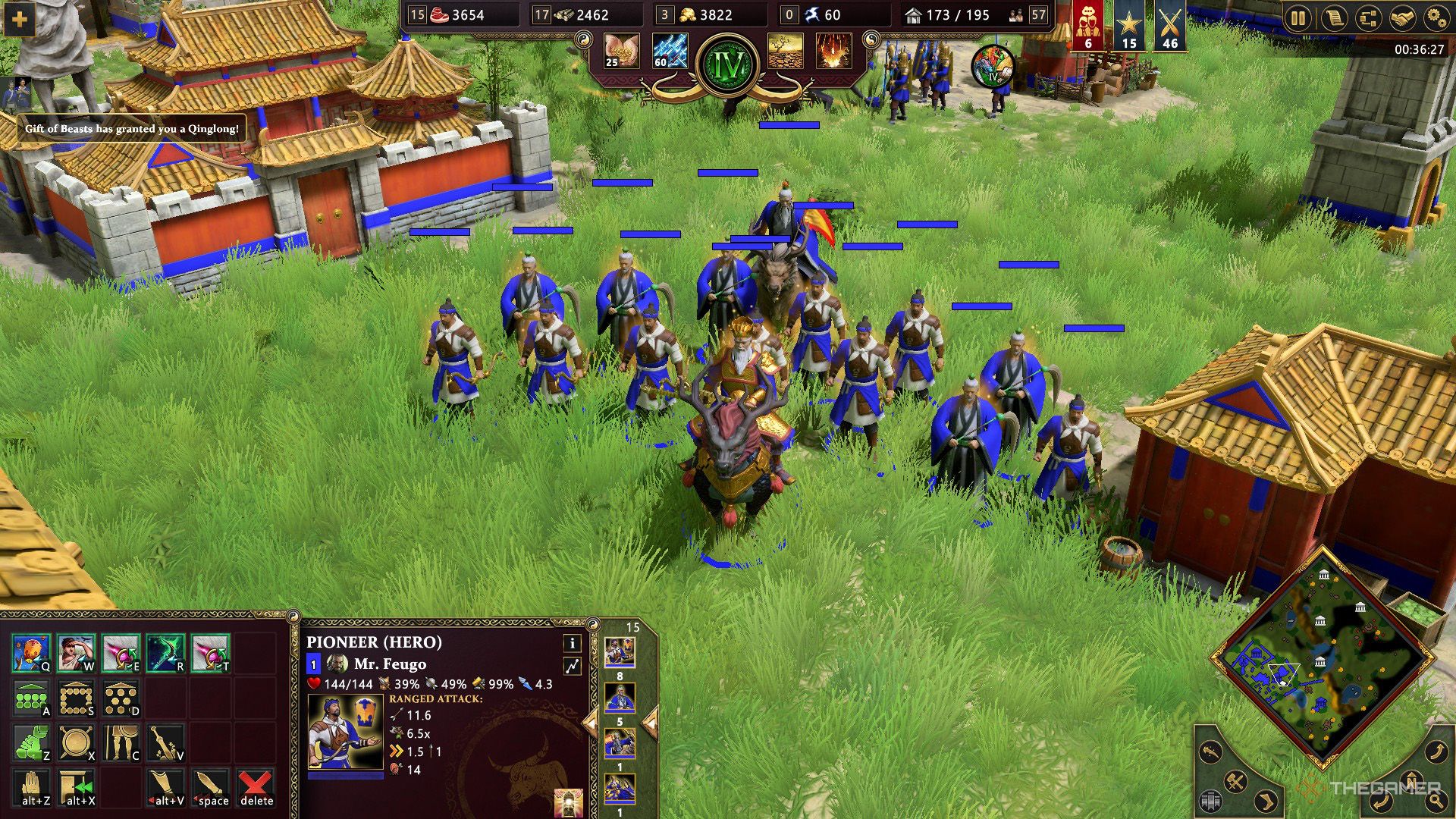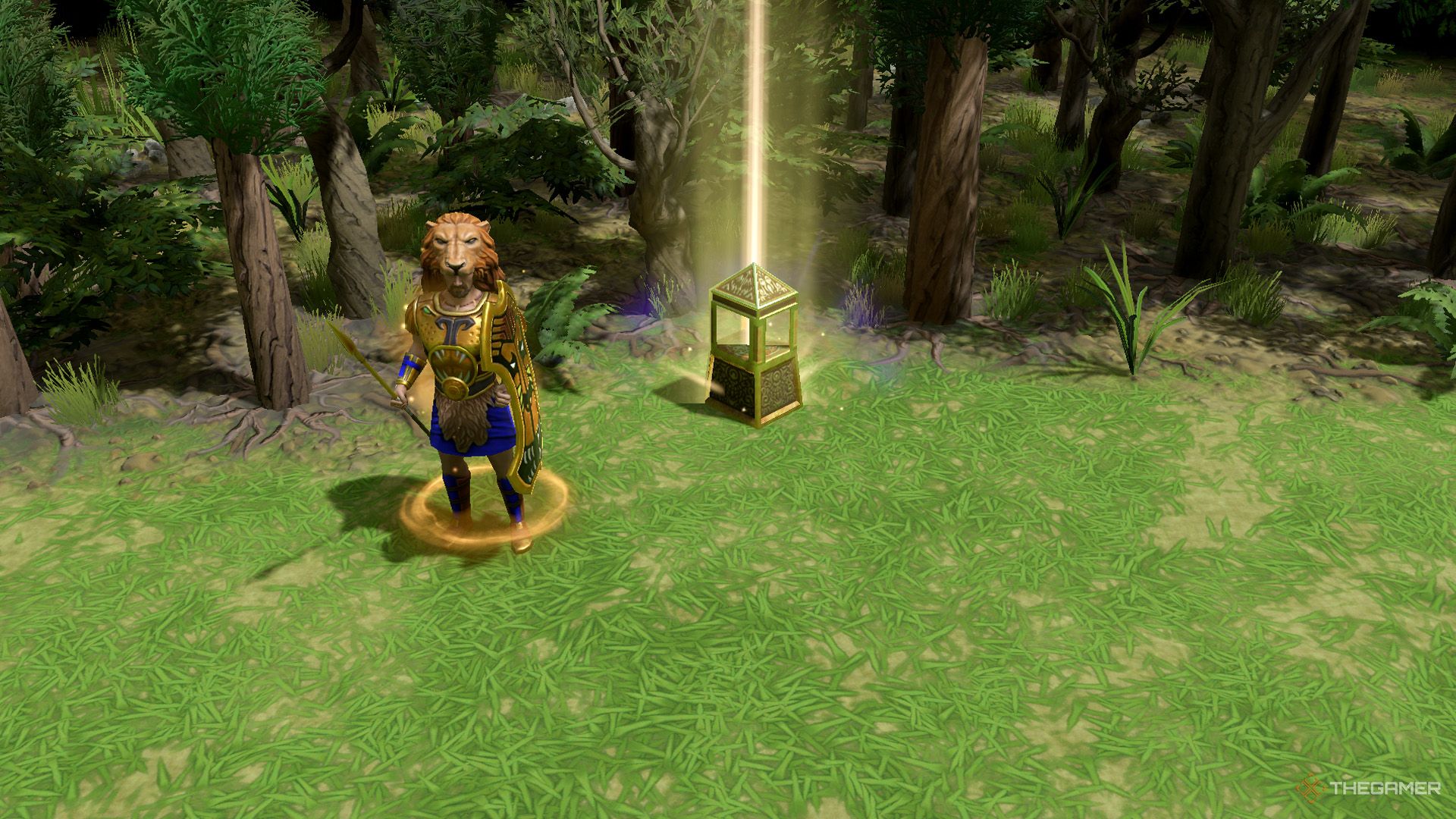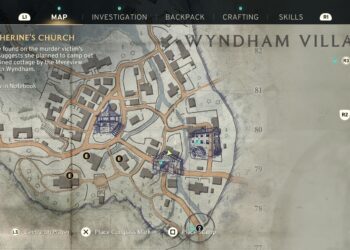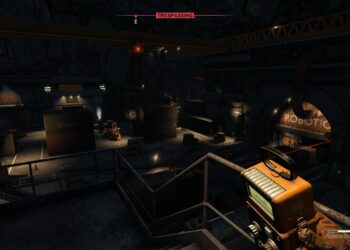Age of Mythology: Retold immerses you in competition where you must construct your settlement and gather an army to engage in battles with others. Throughout your journey, you can discover relics that hold special powers to enhance your civilization. With dozens of relics to collect, these artifacts grant significant advantages in gameplay.
This guide will provide you with a straightforward approach to finding and collecting relics. While the task is relatively simple, it can be confusing if you’ve never attempted it before. We’ll also detail where to take your relics upon acquiring them for the first time.
Updated March 15, 2025, by Emre Pala: We’ve added instructions on training heroes for each pantheon, including the recently introduced Chinese pantheon in the Immortal Pillars expansion. Additionally, you’ll find a table detailing all relics in the game along with their effects.
Finding Relics
Luckily, relics aren’t too hard to find. While exploring the map, you may come across them scattered across the landscape. While their locations are random, you can spot them on your mini-map. In the image above, you can see two relics marked, identifiable by their upright rectangular shape.
On your mini-map, these relics will show up as small white icons, distinct from the more prominent settlement icons. Once you pick up a relic, its icon will vanish from the map.
Picking Up Relics
Only certain units can pick up relics. You’ll need Hero units for this task, which vary based on the pantheon you choose. When you select a Hero unit, “Hero” will be displayed next to its name, and a blue outline will be visible around its icon.
To collect a relic, simply guide your Hero to it and interact with the relic to pick it up. Afterward, instruct your Hero to return to the Temple where they can safely store it.
Each Temple can store up to five relics! While this capacity is substantial, remember that there are a total of 61 different relics in Age of Mythology: Retold!
Training Heroes
The following table outlines how to train heroes for each pantheon. Since heroes are necessary for collecting relics, the methods for training these units differ based on the pantheon.
|
Pantheon |
Description |
|---|---|
|
Greek |
If you’re playing as a Greek major god, you can train Heroes at the Town Center. Starting in the Heroic Age, they can also be trained at the Fortress. All Greek Heroes can collect relics without additional upgrades. To locate relics, use your Scout or create a Pegasus at the Temple for better exploration. |
|
Egyptian |
As an Egyptian god, you have two methods for relic acquisition. Utilize your Pharaoh to collect, but it’s often more beneficial to keep your Pharaoh at your base to enhance buildings. Another option is using Priests—who can construct Obelisks to aid in finding relics—but they must have the Hands of Pharaoh upgrade completed at the Temple to pick up relics. Priests can be trained at either the Town Center or the Temple. |
|
Norse |
Norse Heroes, known as Hersirs, can collect relics. You can train Hersirs from the Temple during the Archaic Age and from the Great Hall starting in the Classical Age. However, it’s advisable to use Berserks to scout for relics and then have a Hersir retrieve them. |
|
Atlantean |
Atlantean players will find it easier to collect relics as any standard unit can be promoted to a Hero. When you select a unit, an option will appear for promoting it to a Hero. For relic searching, use Oracles, which gain increased visibility when stationary. Once you find a relic, promote an Oracle to a Hero to collect it. |
|
Chinese |
In the Chinese pantheon, your scouts are Pioneers who are Heroes by default. Use their Sky Lantern ability to reveal regions and track down relics. However, to enable Pioneers to pick up relics, you’ll need to research Divine Light at the Temple. Additionally, starting in the Classical Age, you can train Heroes from the Imperial Academy, which can collect relics without further upgrades. |
Effects of Relics
Relics are randomly placed on each map. The number of relics present varies depending on the map’s size and number of players. Some maps, like the center of the Marsh map, contain a wealth of relics.








